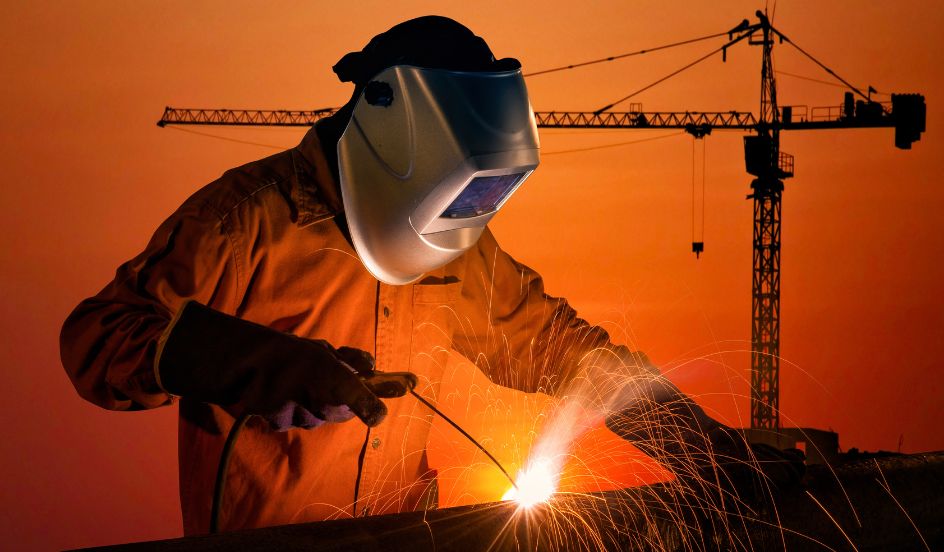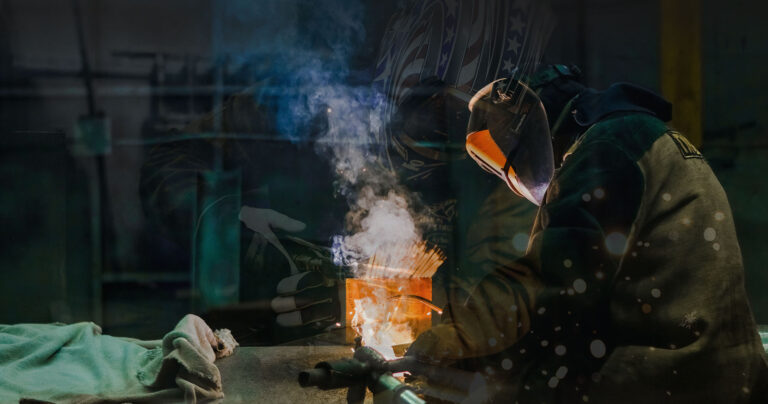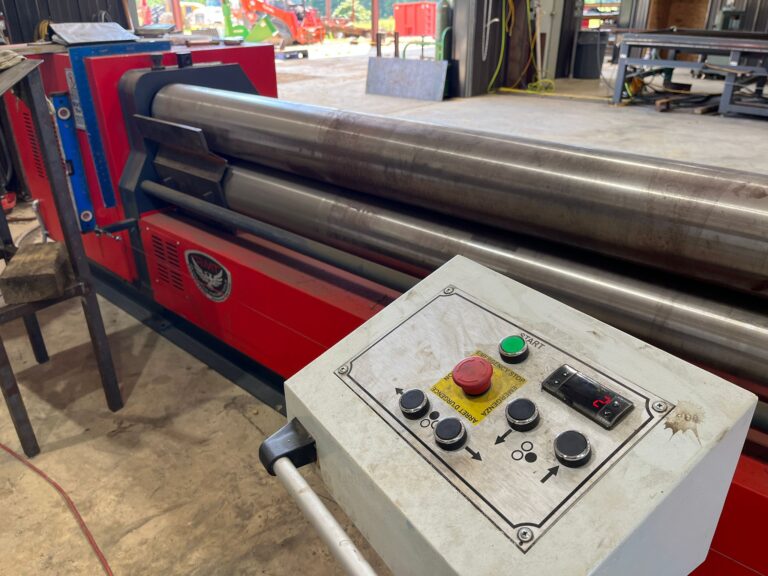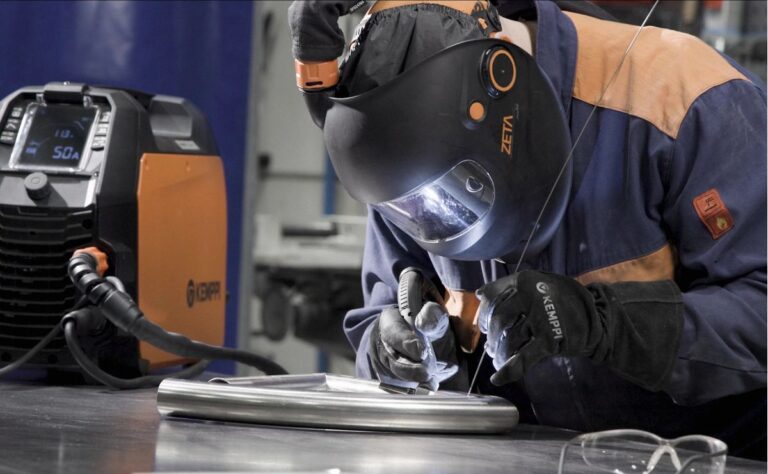Welding is an essential part of construction, manufacturing, and even creative industries. From small repairs to large structural projects, welding and repair services play a vital role in shaping durable, strong connections between materials. Whether it’s steel, aluminum, or other alloys, choosing the right welding method is crucial for the success of any task.
Let’s take a look at the most common welding techniques, how they work, and the best situations to use each of them. Understanding these methods helps in selecting the best process for your specific project.
Shielded Metal Arc Welding (SMAW)
Commonly referred to as stick welding, this method has been around for over a century. It uses a consumable electrode coated in flux to lay the weld. When the arc is struck between the electrode and the base material, the flux melts to create a gas shield and a slag that protects the weld from contamination.
Stick welding is often used for outdoor work, especially in windy conditions where shielding gas would be ineffective. It’s a go-to method for welding heavy metals, structural steel, and pipelines. Although it doesn’t offer the cleanest finish, it’s highly reliable for repairs and maintenance.
Gas Metal Arc Welding (GMAW)
Also known as MIG welding, this technique uses a wire feeding gun that constantly supplies a wire electrode and shielding gas. It’s one of the easiest welding methods to learn and offers clean, precise results.
This technique is ideal for automotive work, fabrication, and light construction. It’s best used in indoor settings due to the need for a stable shielding gas environment. It allows for quick work on thinner materials like sheet metal, making it popular in workshops and production lines.
Flux-Cored Arc Welding (FCAW)
A cousin of MIG welding, this method uses a special tubular wire filled with flux. Some versions also use external shielding gas, while others rely on the flux alone.
FCAW shines in construction settings where speed and portability matter. It’s effective for thicker materials and can be used outdoors in breezy conditions. This method is often favored for its deep penetration and fast deposition rate, which helps complete large jobs in less time.
Gas Tungsten Arc Welding (GTAW)
Commonly known as TIG welding, this process uses a non-consumable tungsten electrode. It requires a separate filler material and a constant shielding gas, usually argon.
This method is known for producing high-quality, clean welds. It’s perfect for critical applications where appearance and precision matter, like aerospace components, bicycles, or stainless steel kitchenware. However, it demands a high level of skill and is slower than other methods.
Oxy-Acetylene Welding
Though not as widely used today for structural tasks, this older technique still has its place. It involves a flame produced by burning a mixture of oxygen and acetylene gas.
Oxy-acetylene welding is versatile and useful for cutting, brazing, and welding thin materials. It remains popular in certain industries due to its portability and low cost for small-scale repairs. It’s also used in educational settings to help beginners understand welding fundamentals.
Submerged Arc Welding (SAW)
This method uses a consumable electrode and a blanket of granular flux. The arc remains completely submerged, which reduces exposure to air and limits spatter.
Submerged arc welding is typically reserved for heavy-duty applications such as pressure vessels, large tanks, and structural beams. It offers deep penetration and high efficiency, but it’s mostly used in industrial settings where automation is possible.
Plasma Arc Welding
This high-precision technique uses a plasma torch to create an extremely hot and focused arc. It’s closely related to TIG welding but offers higher temperatures and faster travel speeds.
Due to its complexity and cost, plasma arc welding is used in aerospace and medical equipment production. It delivers incredibly precise results, even on very thin metals, and is ideal where accuracy is crucial.
When to Choose a Welding Method
The choice depends on several factors. Consider the material type and thickness, the work environment, whether the job is indoors or outdoors, and the required finish. For example, if you’re working on a farm gate in a windy field, stick welding may be best. But if you’re fabricating custom furniture, MIG or TIG welding would be more appropriate.
Another key factor is whether you’re doing structural work or detailed finishing. Large steel beams need a process like flux-cored welding for strength. On the other hand, a stainless steel kitchen sink demands TIG for a clean and polished result.
Moving Forward with the Right Approach
Selecting the proper welding method enhances safety, strength, and quality. Each technique has its benefits and best uses. Knowing when and where to use them can make all the difference in project success. When working with welding and repair services, it’s helpful to understand these basics to make informed decisions.
Final Thoughts
If you’re planning a project that involves any kind of metalwork, now is a great time to consult with professionals who understand the right welding solutions for your specific needs. Expert welding services ensure each joint is strong, precise, and built to last. Reach out today and ensure your structure, vehicle, or equipment stands the test of time.

